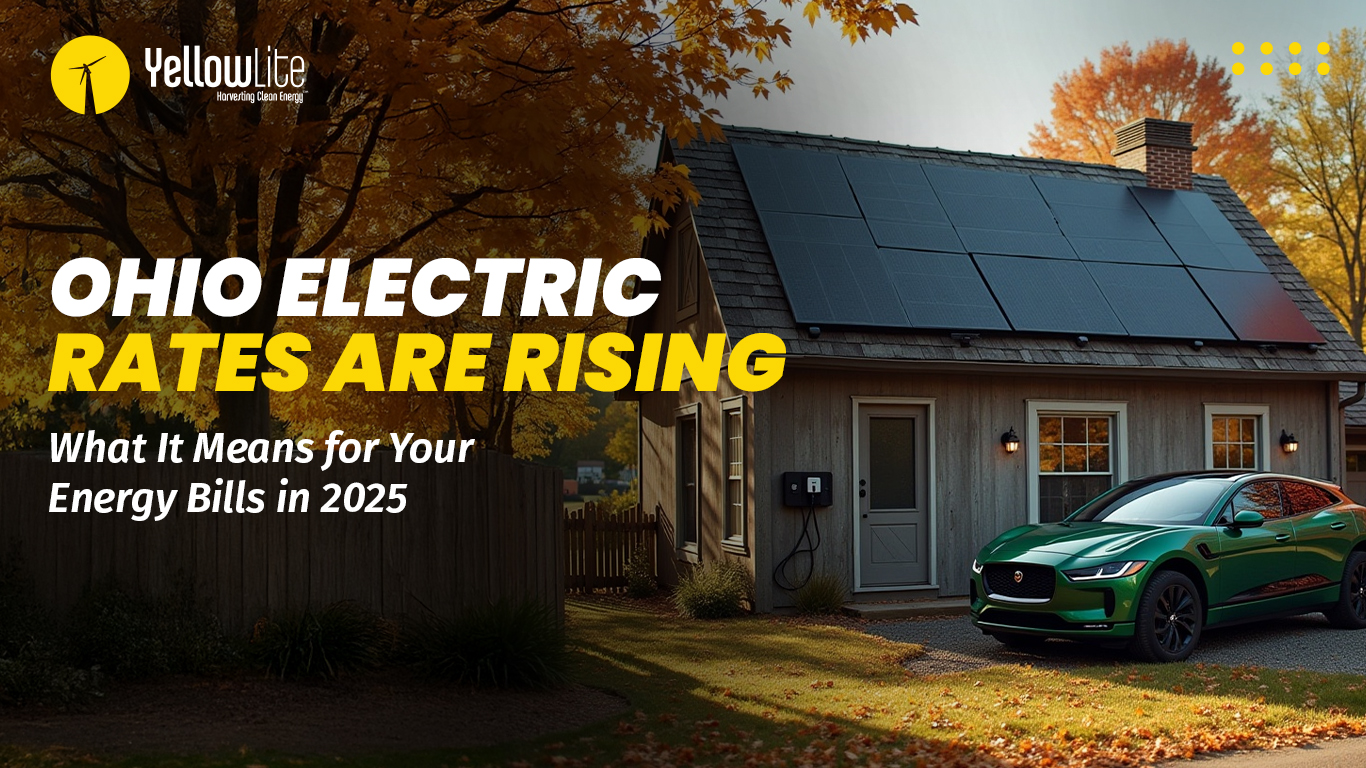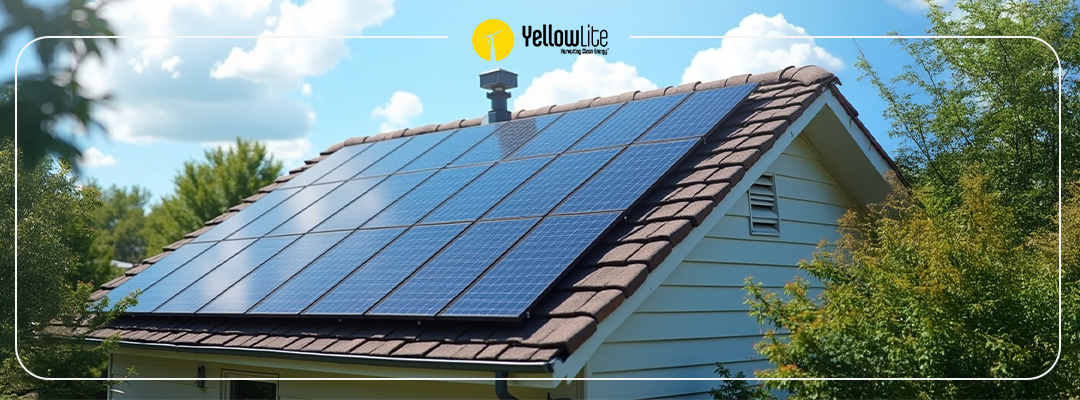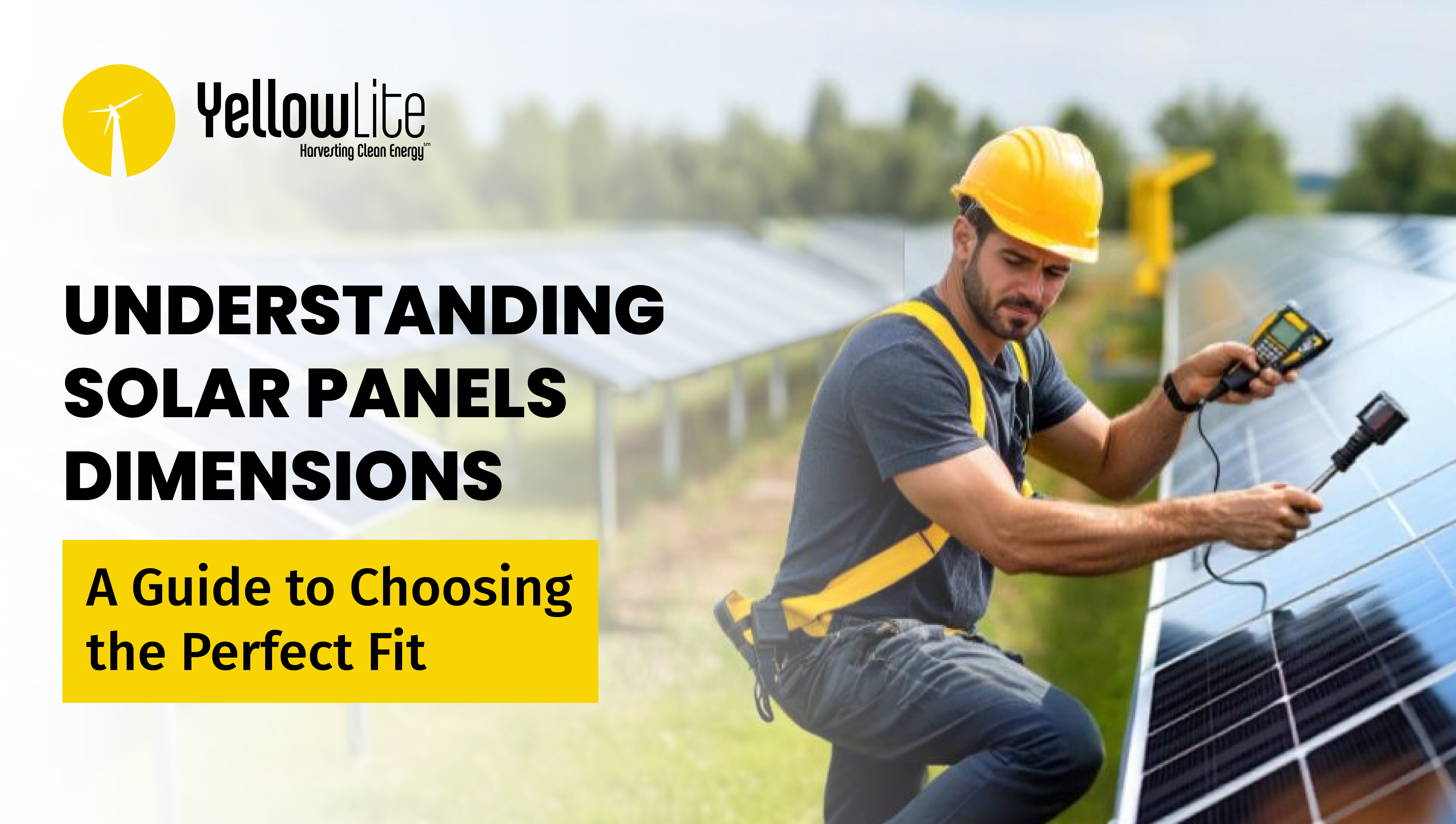Why Your Solar Energy System Should Be Bigger
People are increasingly going solar to take advantage of the 30% Federal Investment Tax Credit, low financing, and for environmental reasons. Many of these same people are purchasing smaller systems, in particular, 3 or 4 kW arrays. But why not go bigger? What are the advantages of getting a 7 kW system (or 10 kW) over a 4 kW system?
First, the typical solar energy system is just over 7.2 kW. The average American household typically uses 1,000 – 1,100 kWh of electricity each month or 12,000 – 13,200 per year. A 7.2 kW system will produce roughly 9,500 kWh per year offsetting around 75% of the household expenditure. So is it better to go bigger? Well, there is no advantage to offsetting more than 100% of your energy needs as net metering does not allow you to sell excess power generated back to the utility as a profit. You really want to hit the sweet spot of cost efficiency while looking at future electricity demand. You also want to understand the pricing structure of a solar energy system.
What actually goes into the pricing of home solar panels? The physical hardware includes the panels, the inverter, and the balance of systems which consists of the racking, wiring, conduit, and safety disconnects. Then you have costs that are more fixed, in particular the labor involved in traveling to the installation site, wiring the panels and inverter, fixing the racking system to the rooftop or constructing the ground mounted array, in short, in assembling and building the system. Then there is the paperwork involved with the solar installer’s inspection and compliance department, the time of the salesperson, and all of the general office activities that a business has to conduct.
When it comes to sales, marketing, and general paperwork there is little difference in effort and time between a small system and a large system, so it goes to say these activities are nearly fixed costs. In order to achieve an economy of scale, you have to go bigger. The actual variable costs of the system are the solar panels. So the decrease in cost per watt is dependent on adding more of them. Therefore, the lion’s share of savings become apparent if you choose to construct a larger array.
So what will the typical 4 kW system save? In Ohio, we average around 4.2 hours of solar insolation per day year-round. A 4 Kw system x 4.2 hours of insolation x 365 days x the efficiency of the system will equal the total amount of kwh you produce, in this case 4,652 kWh. How does this compare with a 7 kW array, and a 10 kW array?
To continue with this example we will use the YellowLite Solar Panel Calculator. We will use an average monthly electricity bill of $150, average sloping roof of 20 percent pitch facing southward and located in Akron, Ohio. We are using CanadianSolar as our panel supplier just as a default.
The 4 kW system will offset around 34% of electric usage:
The 7 kW solar energy system will offset around 60% of electric bill usage:
And the 10 kW array will offset around 87% of electric bill usage.
The next table will consolidate all the information we need to show our point that going bigger is generally better:
The first thing that we can see is that the Internal Rate of Return (IRR) increases along with the size of the system. This makes sense in terms of the fact that electricity prices are going to continue to increase as time goes by. The bigger the system, the more savings you will accrue from your offset.
The second thing that we can see is that as your solar power system gets bigger, the Net Cost Per Watt starts to decrease. Although it can be noted the decrease starts to slow as you really get bigger. This is because of two things: the near fixed cost of solar panel installation, paperwork, and sales activities and because the variable cost of the system is the panels themselves. At a certain point, this variable cost is going to assert itself more and more, so there is a limit to how low your Net Cost Per Watt will drop as your system size increases.
In addition to providing larger savings, bigger systems also provide you with the opportunity to better take advantage of future changes in the marketplace. These would include:
- Switching from a gas stove to an electric.
- A spike in electricity rates (the average year-to-year increase is generally 4-5%).
- Improvement in the price of the SREC market.
It should be noted that energy usage in households tends to rise over the course of time, not decrease. The one major exception is for families with adult children who leave the house and go out on their own. In addition, all things considered, there seems to be an upper limit to how efficient a household can get with home appliances and electronic devices designed to be efficient. At a certain point, electricity usage will start to increase as more electronic devices start to come into play. A good solar panel installation company will advise the homeowner that the system should be designed in such a way that it can be expanded in the future as needed.
Regardless, by going with a bigger solar power system, you do accrue an economy of scale. It also should be reiterated: this is a perfect time to go solar. The costs of the components have decreased by more than 70% since 2010. However, component cost decreases have been slowing toward an equilibrium for some time now. It is not realistic to expect some further dramatic decrease in component costs. Instead, any type of further decrease in solar panel installation price will be attained once the market has significantly grown and sales, marketing, permitting, and installation work reaches scale with the market place allowing for a cost decrease. That is not expected to happen overnight, so prices are about as low as you can expect.
All this proves is what we already know but is still important to relate: that going bigger is more cost-efficient. Here’s the question then: why would someone only get a 4 kW system? For the most part, the limiting factor is financing and budget. Some people just simply can’t afford a larger system yet still want to take advantage of the electricity cost savings. Some people are environmentally aware and go solar in the spirit of environmental solidarity. Even those with smaller systems design their wiring and conduit so that they can have the ability to expand their system in the future if they want to add additional panels.
If you can afford it, we recommend you getting at least a 7 kW array. You will achieve a better payback rate, reduce the cost per watt, and save more in the meantime. A smaller array is fine, and we applaud you for going solar. But just remember that if you do go with a smaller array, you may at some point decide to add more panels and a good solar installation company will design your smaller system with expansion in mind.



